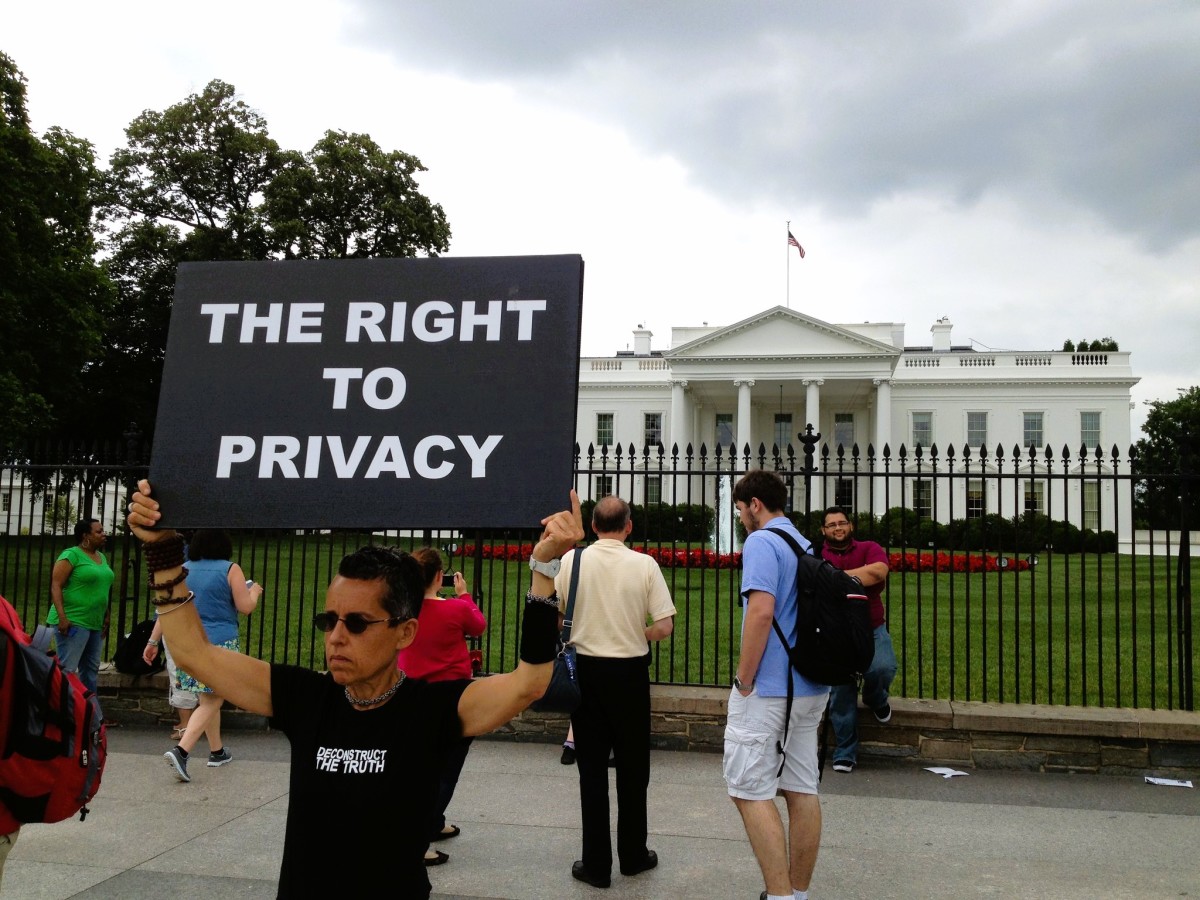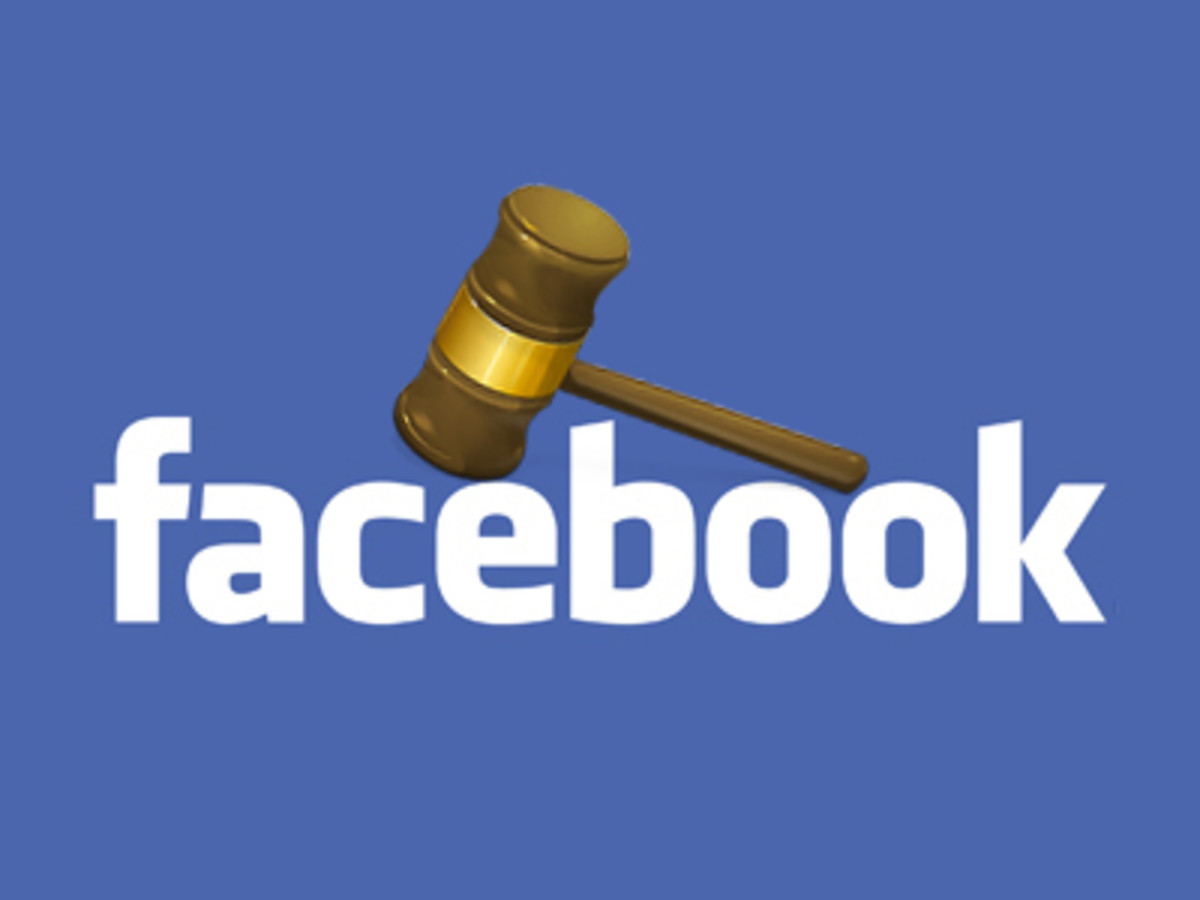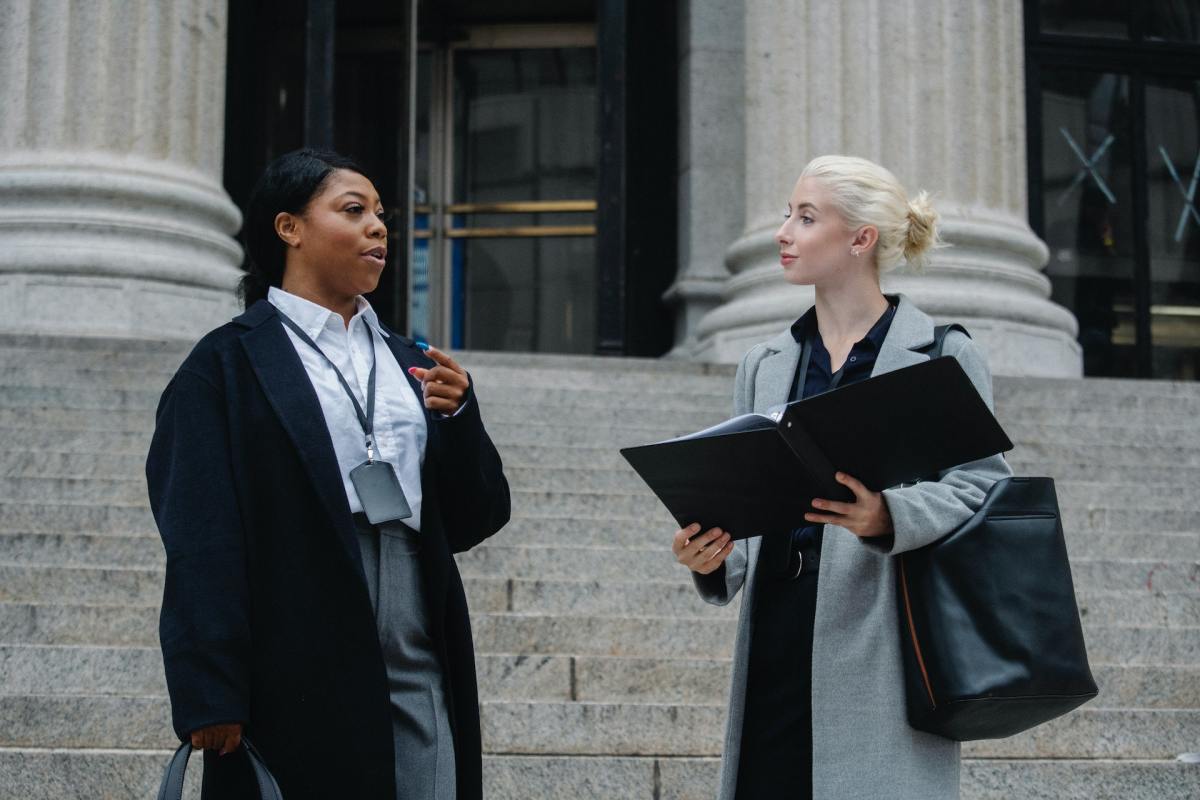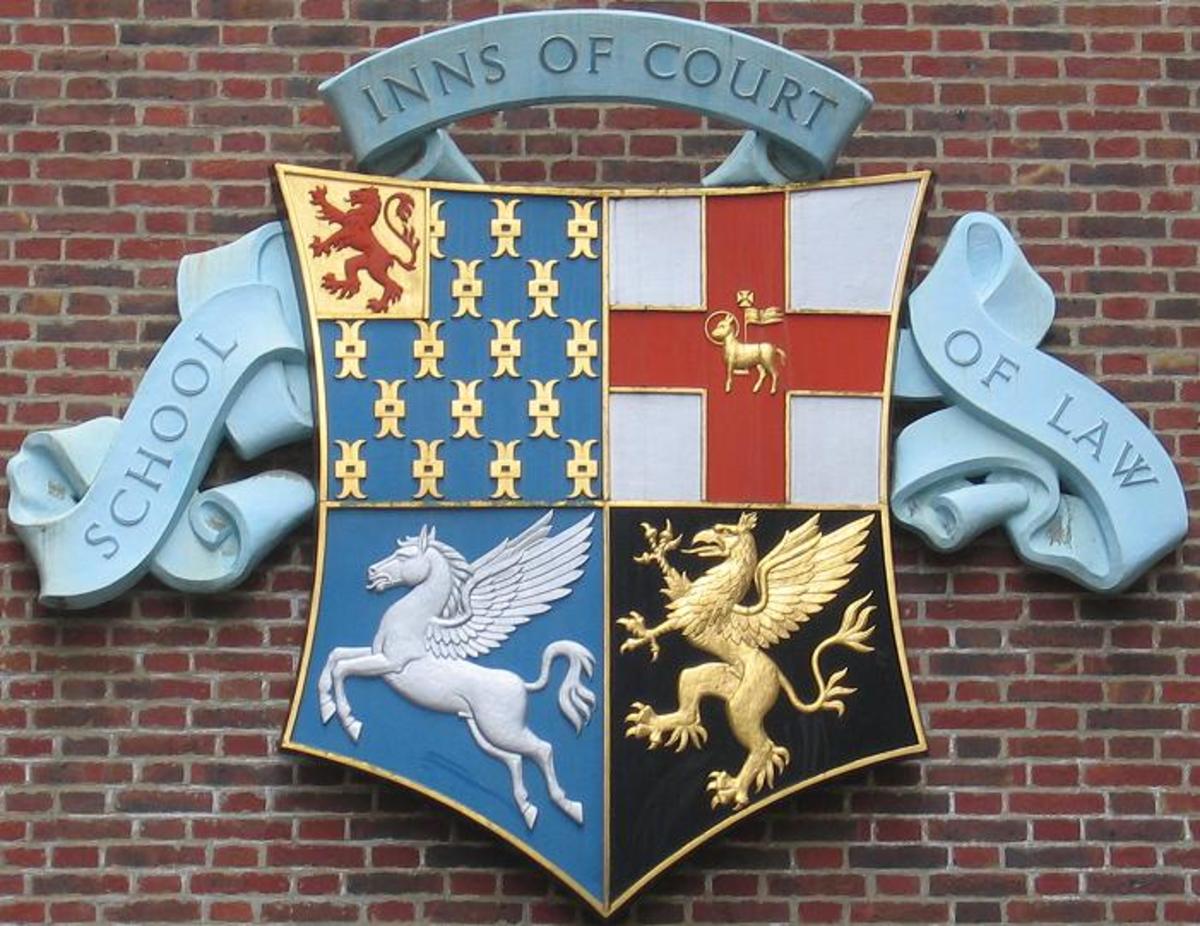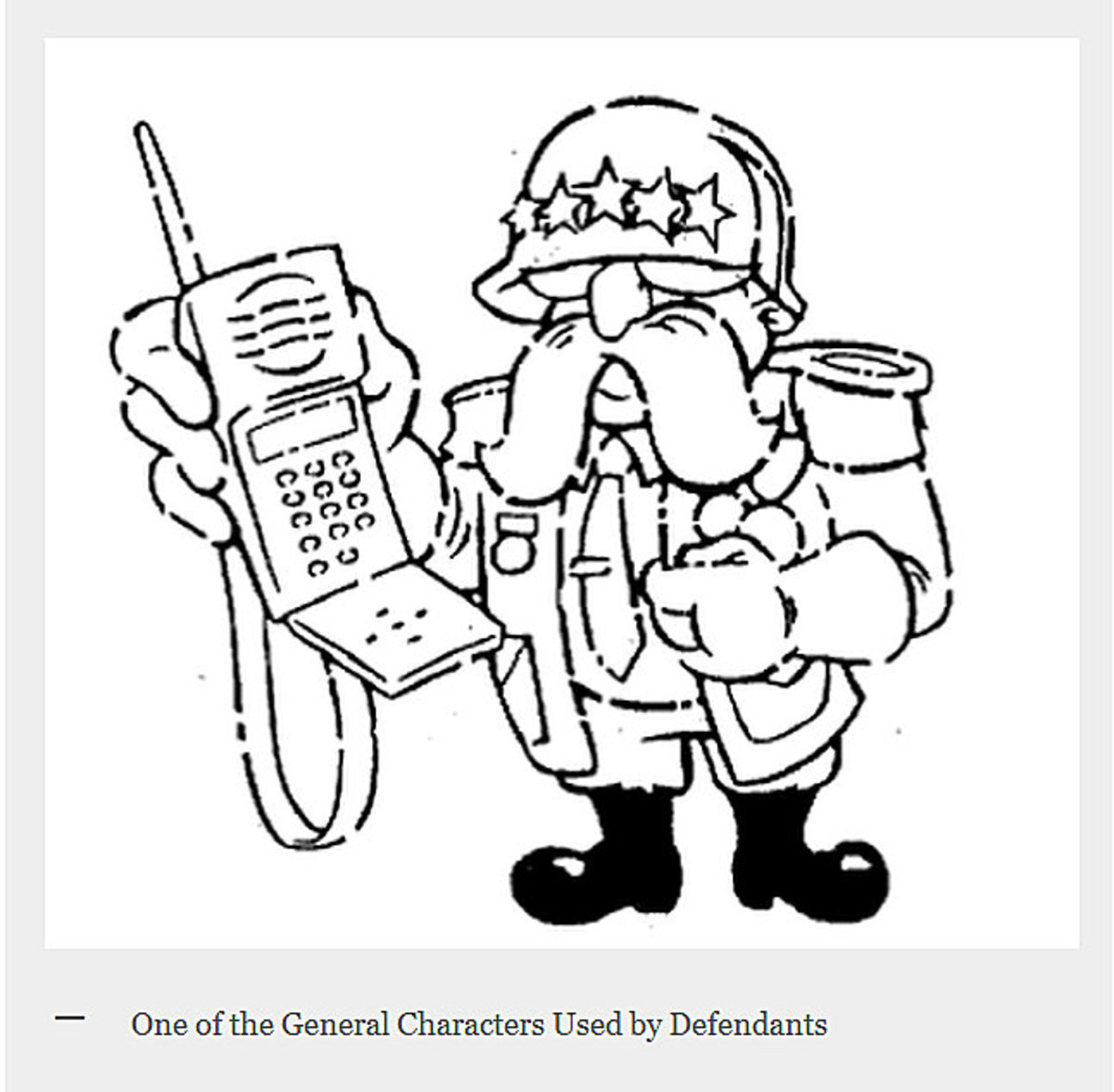Protecting Personal Information: Research Regulation and Court Case
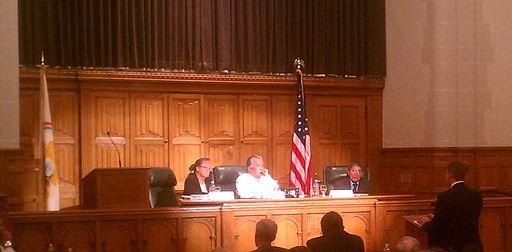
The following article will identify a U. S. Supreme Court ruling, which upheld a Family Educational Rights and Privacy Act. The relationship between the court case and regulation will be analyzed and discussed. In addition, the issues related to adult education will determine the impact on educational facilitation.
Federal Rights and Privacy Act
The Federal Rights and Privacy Act (FERPA) protect student records in educational institutions based on statue 20 U.S.C. 1232g. “Generally, FERPA prohibits the funding of an educational agency or institution that has a policy or practice of disclosing a student’s “education record” without the consent of the parent or eligible student.” (Federal Rights and Privacy Act, 2002, p. 2) Educational institutions have two years to develop a system, which ensures the protection of student records or funding is stopped. Student records can include disciplinary, enrollment, and personal family data. Under section 952, any organizations such as the Armed Forces or military are prohibited from retrieving student data for recruitment purposes. “Typically recruiters are requesting names, addresses, and telephone listings on junior and senior high schools student.” (Family Educational Rights and Privacy Act, 2002 , p.3 )
In the case Gonzaga University v. John Doe, a student went to the U.S. Supreme Court regarding a university that released personal information without consent. Because of a prior FERPA statue, the student could not sue the university. However, the Supreme Court did uphold FERPA statues that prohibited educational institutions from releasing student records. As a result of an appeal, additional universities in Ohio were found in violation of releasing student records.
What steps have you taken to protect personal data?
No Child Left Behind Revisions
The relationship between the court case and regulation revealed various points. The student in the case Gonzaga University v. John Doe, did not want disciplinary records made public. The court case acknowledges that states have “open records law.” ( Family Educational Rights and Privacy Act, 2002 , p.3 ) However, the FERPA clearly protects a student’s educational record regardless of negative nature. As a result of an appeal, what constitutes educational records was defined and included disciplinary records.
Interestingly, the court case included revisions made to the No Child Left Behind Act. “ The No Child Left Behind Act contains a major amendment to PPRA that gives parents more rights.” (Family Educational Rights and Privacy Act, 2002 , p.3 ) Parents can refuse companies from surveying students regarding politics, mental health, attitudes, behavior, family members, religious practices, and income. School administrators and facilitators must contact parents regarding any company solicitations. In addition, 18 year old students need to be contacted rather than the parent. Thus, a parent is prohibited from retrieving personal information on an adult student without the student’s permission. In a personal observation, companies seek student comments or attitudes regarding educational products. Periodically, a company may ask for students to complete a survey and provide a pizza party for a reward. In one case, schools may encourage students to meet deadlines, because companies provide the school with monetary stipends.
Clearly, the outcome of this court case requires educational institutions to contact parents and students regarding releasing personal data. The consequence of releasing student data is loss of educational funding. Interestingly, schools and companies can collect student data for “developing, evaluation, or providing educational products or services for, or to students or educational institution.” (Family Educational Rights and Privacy Act, 2002 , p.5 ) Therefore, the court case upholds student data from marketing and negative public exposure. This aspect of the law “is not intended to preempt applicable provisions of State law that require parental notification.” (Family Educational Rights and Privacy Act, 2002 , p.5 ) Schools can use student evaluation results to determine student learning levels and developing curriculum.
Supreme Court Ruling Outcomes
The outcome of the Supreme Court ruling directly impacts instructional facilitation. Educators and administrators must contact parents before retrieving information from students for marketing purposes. Therefore, if a teacher wants students to participate in learning activities, which involve surveying students for personal information, parents must be contacted before starting the activity. This may be challenging for educators, because not every parent may provide permission or respond to a request. Hence, a teacher may need to make adjustments to lessons and learning activities for student whose parents choose not to participate.
Some lessons or activities may require students to input personal information on the internet. Educators endeavor to integrate technology into the curriculum and create student-centered lessons. Technology enables educators to set up accounts with companies and participate in low cost or free virtual field trips. In a few cases, students need to separately register personal information, which may include a student’s identification number. Admittedly, parents are cautious when students provide personal data via the internet. Unfortunately, companies may attempt to sell student information and send marketing materials to a learner’s personal residence.
The court case outcome relates that teachers should send parents a copy of the survey or marketing data. Therefore, parents can review what types of information will be asked. As an educator, planning is needed to appropriately organize contacting parents and facilitating lessons. In addition, a teacher needs to provide a different lesson for students who are not participating in a particular lesson. Hence, organization and time management is crucial for facilitating classroom learning activities.
Privacy Bill of Rights for Internet Users
In conclusion, the FERPA protects the personal data of students by enforcing educational institutions from not releasing student information. Parental permission is needed, if a company attempts to market students. When students are 18 or over, educational institutions need the student’s permission to release any information. In the case of Gonzaga University v. John Doe, the Supreme Court ruled for a student’s university not to release negative disciplinary information. The consequences for not upholding the Supreme Court ruling is that educational institutions will lose funding. The favorable ruling impacts facilitation by ensuring parental permission and providing a copy of marketing materials. Therefore, teachers need to plan lessons weeks ahead and provide different lessons.
In addition, educators need to implement effective organization and time management habits to facilitate student learning. Educational institutions can collect student data for standardized testing purposes, educational materials, and immunizations. Admittedly, caution should be used when allowing students to submit personal information via the internet. Therefore, parents and teachers need to discuss with students the importance of not submitting personal information. Regardless of monetary benefits, parents and students need to be contacted before releasing information.
References
Family Educational Rights and Privacy Act. (2002). Recent changes affecting FERPA & PPRA.Retrieved from website http://www2.ed.gov/policy/gen/guid/fpco/hottopics/ht10-28-02.html


